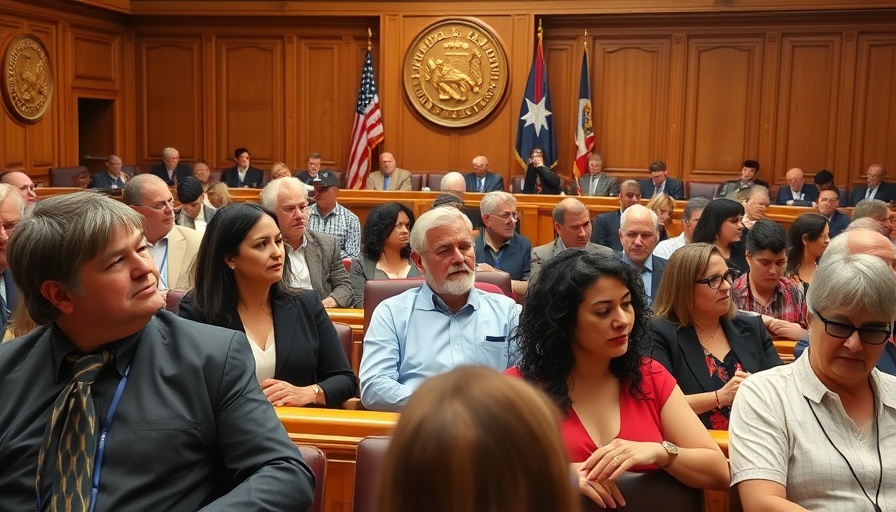
Austin Extends Waterways Ban Amid Safety Concerns
The City of Austin has taken proactive measures to ensure the safety of its residents and visitors by extending the ban on all activities involving personal and commercial watercraft on local waterways. This prohibition, now effective until noon on July 8, 2025, is a direct response to the hazardous conditions caused by excessive rainfall, which has led to flooded and swiftly flowing waters.
Understanding the Reasons Behind the Ban
Recent weather patterns have resulted in significant runoff, creating dangerous water conditions across Austin's rivers and creeks. The ban covers popular spots such as Barton Creek, Bull Creek, and Lady Bird Lake, among others. The integration of safety concerns, marked by debris and swiftly moving currents, renders the use of canoes, kayaks, and other watercraft not only unsafe but potentially life-threatening.
Importance of Public Safety and Awareness
City officials, including the Fire Chief, are authorized under City Code Section 8-5-21 to issue such prohibitions during flooding conditions. This emphasizes the city's commitment to public safety, especially in light of potential flash flooding that could affect riverside trails. Residents are urged to remain cautious and avoid these pathways during this time.
The Broader Context: Austin’s Response to Climate Challenges
This incident underscores a growing concern for urban communities facing the impacts of climate change. Natural disasters, such as heavy rainfall, can have dramatic effects on urban environments, particularly those like Austin with extensive waterways. Understanding the challenges that come with climate events is crucial for both city planners and residents. Recognizing the capacity for swift water changes can help individuals make more informed decisions regarding their safety and the safety of others.
What the Community Can Do
Local residents are not only encouraged to abide by these restrictions but also to engage in community conversations about sustainable practices and emergency preparedness. Events that focus on disaster readiness can empower residents to respond effectively and help mitigate risks in the future as the city navigates these changing environmental conditions.
Looking Forward: Preparing for Future Weather Events
As the city of Austin looks to future weather predictions, it becomes imperative to assess existing infrastructure and prepare for increasing extreme weather events. Public forums and discussions led by local experts can enhance understanding and provide practical insights into what the community can do for resilience against climate-related challenges. Citizens can better allocate resources and collaborate on solutions for flood management and environmental protection.
Conclusion: Embracing a Culture of Safety and Preparedness
The watercraft ban in Austin reflects a necessary measure to protect lives during potentially dangerous weather. By fostering dialogue about public safety and community resilience, Austinites can better prepare for both immediate threats and future uncertainties posed by a changing climate. As we traverse these challenges, staying informed and proactive is essential.
 Add Element
Add Element  Add Row
Add Row 



 Add Row
Add Row  Add
Add 


Write A Comment